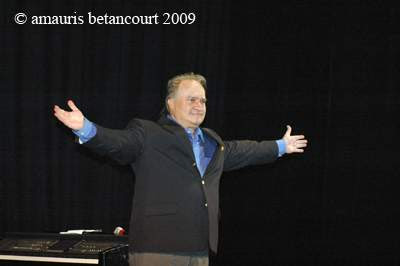The plaque unveiled in the afternoon of February 5, 2008 marks the
official inauguration of Biran Historic Complex as a National Monument.
 Biran – birthplace to Fidel and Raul Castro Ruz, and the site where
Biran – birthplace to Fidel and Raul Castro Ruz, and the site wherethey also spent their childhood- was opened as a museum in November 2002.
 The Spanish immigrant, Angel Castro Argiz, Fidel and Raul’s father,
The Spanish immigrant, Angel Castro Argiz, Fidel and Raul’s father,founded Birán Farm after settling down in 1915 where he died in 1956.
The monumental complex includes eleven facilities at present, but it had
27 originally. The 16 remaining burned down in 1954.
 Located 72 km away from the city of Holguín, capital of the homonymous
Located 72 km away from the city of Holguín, capital of the homonymousprovince, and approximately 844 km from Havana, at the municipality of
Cueto, it embraced besides a 10 000 hectares farming land, dedicated
fundamentally to the sugar cane harvest.
Hundreds of visitors from Cuban and abroad visit the site areas daily
from Tuesday to Saturday between 9:00 a.m and 4:00 p.m. and on Sundays
from 9:00 a.m. to 12:00 m.

Main buildings:
Family burial ground: Burial site to parents and mother-side grandparents
from the Castro Ruz family.
 Rural Mixed Elementary School No 15: The school where Fidel and his
Rural Mixed Elementary School No 15: The school where Fidel and hisbrothers received elementary education, transferred to the farm by Angel
Castro in 1920. Photos from the Commander in Chief Fidel Castro as well
as photos from the schools where Fidel made further studies (The La Salle,
Dolores and Bethlehem ), and pictures of his last visit to Biran are exhibited.
 Carts House: A 40 x 12 sqaure meters used to keep carts and others transportation
Carts House: A 40 x 12 sqaure meters used to keep carts and others transportationmeans.
Haitian Frame Houses: Replicas from huts used by Haitian immigrants
working as employees in the construction of the houses and in the sugar
cane lands.
 Butchery: Where meat was sold to the community then.
Butchery: Where meat was sold to the community then.Fightingcock Ring: Replica of the original place to fight cocks between
the months of April and December.
 Cuban Royal Road: The Spaniards built it in 1862 to join the Nipe Bay to
Cuban Royal Road: The Spaniards built it in 1862 to join the Nipe Bay toSantiago de Cuba city, which brought about development and prosperity
for the community.
 The Telegraph House: Constructed in 1933, it keeps nowadays some of the
The Telegraph House: Constructed in 1933, it keeps nowadays some of themeans used then for communication and a maquette with the image of the
farm in the 1950s.
 House No 2. The Pigeon: It was made up of two floors and built in 1947. The ground
House No 2. The Pigeon: It was made up of two floors and built in 1947. The groundfloor kept a billiard table, a bar, reserved places and a store; and the
second floor was built for lawyer Fidel Castro; however he never lived
in it.
 The family moved in to this house in 1954 when a fire destroyed the main
The family moved in to this house in 1954 when a fire destroyed the mainhouse. Some personal and technological objects from the 1950s are shown for the
public to see.
Birthplace House: It is a replica of the original house that burned down
accidentally in 1954. It was rebuilt under Celia Sanchez Manduley’s
supervision in the 1970s. It keeps nowadays some personal objects from
the Castro Ruz family.
 It has a Spanish and northerner architecture. It has 513 roof square
It has a Spanish and northerner architecture. It has 513 roof squaremeters raised on 76 piles that make room for a basement used by the
family as a garage and to protect the cattle.
There is a lookout with the room shared by the Castro-Ruz parents, Angel
and Lina.
The Grandmother's House: Constructed for his grandmother in 1958, it shows
at present gifts made to Fidel by Cuban friends and from other parts of the
world.
 Motel: A wooden zinc-roof construction originally built for Angelita
Motel: A wooden zinc-roof construction originally built for AngelitaCastro Ruz and finally used as a boarding house.







